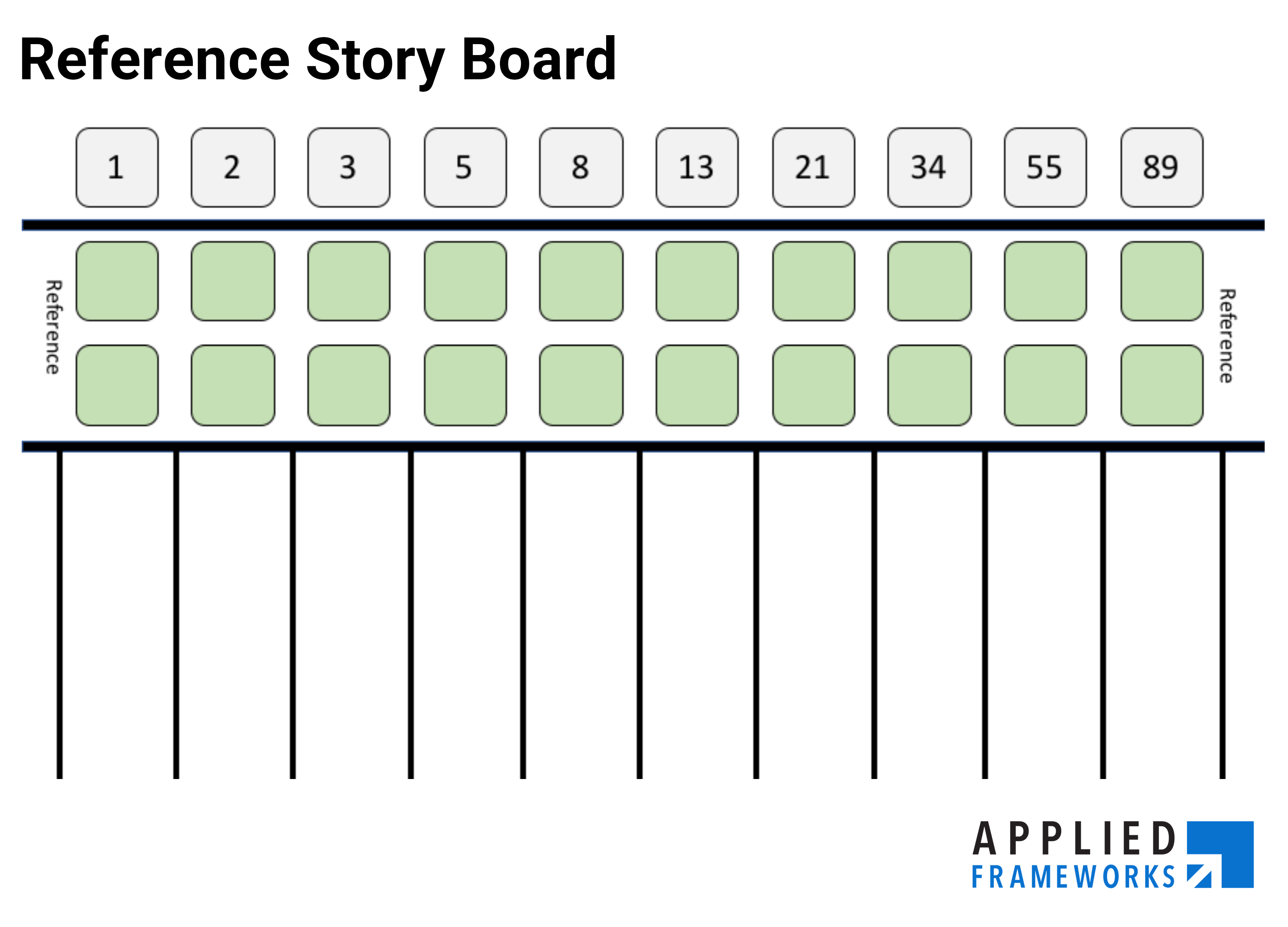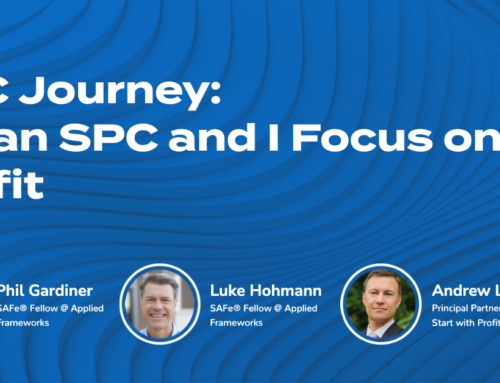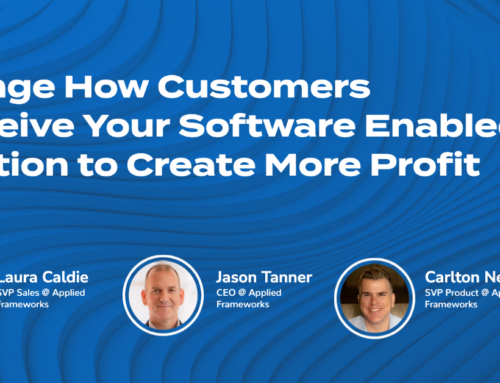Previously we’ve analyzed why Relative Estimation is faster and more reliable than the most common method for Agile team estimation, Planning Poker. In this follow up article, we explain the process behind a powerful variation on this winning approach: Relative Estimation with Reference Stories.
Does this story sound familiar?
Every Sprint we look at new stories and estimate them like we’ve never done any other work before. We pull out our Planning Poker cards and we ask, “How big is this piece of work?” We look at that one item and decide, “Oh, it’s an 8,” and then look at another item and confidently say, “Definitely a 21.”
Despite the time we put into thinking things through, and the considerable experience of our team, our estimates remain little more than educated guesses.
After years of doing things every kind of wrong way, I’ve learned that there is one method that always yields better results, faster, than any other method: Relative Estimation with Reference Stories.
It works based on two principles:
- Our brains are naturally good at estimating the size of things relative to each other.
- We can learn from experience to make better decisions about the future.
Principle #1 is the basis of Relative Estimation, though this method has its limits. A Relative Estimation exercise works fine up to about 15 items, providing a high degree of clarity on what is “more” and “less” effort or value.
However, after 15 items, the complexity starts to slow things down and by the time you hit 25 items, there is so much information that it becomes impractical to keep using the technique. That’s where Reference Stories come into play.
Let’s Learn From History, Not Repeat It
It is generally accepted that a team that has three Sprints worth of data can more accurately judge its ability to deliver and use that information to make plans on what can be delivered in a future Sprint.
We can take this historical approach a step further by looking back at a random set of past stories and answering some basic questions. How big was the story estimate? Was the estimate accurate? Was this story representative of a particular kind of work?
By answering these questions we can build a set of comparable Reference Stories that can be used to judge the effort required for future work.
How to Build a Reference Story Board
Building a set of Reference Stories is a great first step. To make them useful in Sprint planning, create a Reference Story Board that puts your historical data in easy-to-use format:
- Collect 3 Sprint’s worth of data including: completed items, estimated effort required, and actual work required.
- Take a random selection of 10-15 historical items and compare the estimates to actual work.
- Identify which historical items were good examples of a particular type of work and the effort required. These are your Reference Stories.
- Arrange items on a Reference Story Board according to the Fibonacci number estimates where your team most commonly works (see example below). I find having two Reference Stories per Fibonacci number to be ideal.
How to Use a Reference Story Board
After you’ve built your board, you’re ready to estimate new work:
- Taking one story at a time and starting with the 1 point reference stories, compare new items to what’s on the Reference Story Board.
- Keep comparing and moving right until you find a match that makes sense. That was fast!
- If you don’t find a good match, you may need to expand the board with new information.
- However, generally you won’t need to update the reference estimates unless you change the team substantially.
With a Reference Story Board in place, it becomes a straightforward exercise to estimate new work. I have seen a team estimate an entire Sprint backlog (15-20 items) in less than ten minutes, and then have that estimated backlog be more accurate than any other estimation effort used previously.
If you’d like to practice Relative Estimation with Reference Stories, I recommend trying the training exercise in our Team Estimation framework. The third round of the exercise will give you a feel for how this works.
Download Our Reference Story Board Framework
Need Help Improving Your Team’s Estimates?
We don’t just write blogs for fun… our team of consultants can help your company speed up its processes, manage its product portfolios, and train brilliant staff members like you. Please drop us a note to learn more about our full range of capabilities.
Need More on Estimation?
This has been Part 3 of our series on Estimation.
- Our first article was Why Relative Estimation Beats Planning Poker.
- The second was How to Learn the Team Estimation Game.
More to follow . . . so be sure to check back soon! Or better yet, follow us on Linkedin, Twitter and/or Facebook to get notice of when new blogs are posted.








